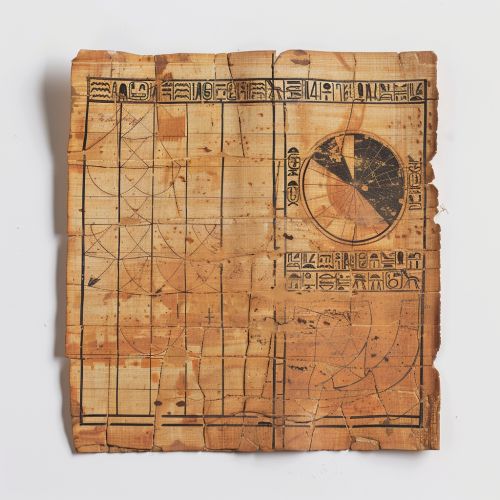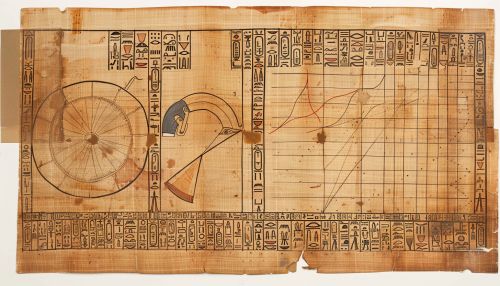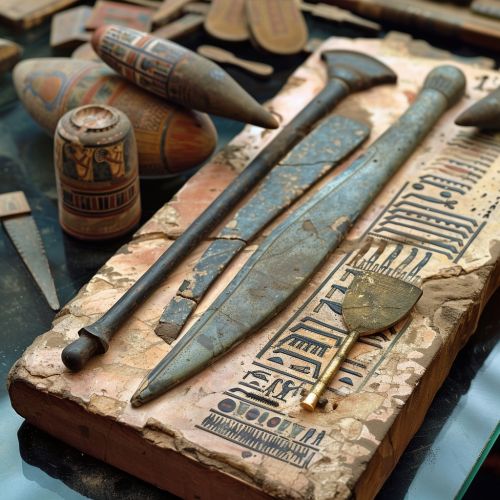Egyptian mathematics
Introduction
Egyptian mathematics refers to the style and methods of mathematics performed in Egypt from as early as 3000 BC. This system of mathematics is significantly different from the mathematics we are accustomed to today, with its own unique numerals, notation, and methodology.


Numerals and Notation
Unlike the base-10 decimal system used in most modern mathematics, Egyptian mathematics used a base-10 system with different symbols representing 1, 10, 100, 1,000, 10,000, 100,000, and 1,000,000. This system is often referred to as a decimal numeral system. The Egyptians did not have a concept of a place-value system, so the position of the symbols did not matter. Furthermore, they did not have a symbol for zero, which is a concept that was not introduced until much later in mathematical history.
Mathematical Papyri
Much of what we know about Egyptian mathematics comes from a few surviving papyri that contain mathematical problems and solutions. The most famous of these is the Rhind Mathematical Papyrus, which contains 84 problems dealing with a range of mathematical concepts. Other important mathematical papyri include the Moscow Mathematical Papyrus, the Egyptian Mathematical Leather Roll, and the Berlin Papyrus 6619.
Mathematical Concepts
Egyptian mathematics covered a broad range of concepts, including arithmetic, algebra, geometry, and fractions. However, their understanding and approach to these concepts were quite different from ours.
Arithmetic
Egyptian arithmetic was based on the process of doubling and halving, which is a form of multiplication and division. They also used addition and subtraction, but these were secondary to the process of doubling and halving.
Algebra
Egyptian algebra was primarily concerned with solving practical problems, such as those related to trade and commerce. They did not have a general method for solving quadratic equations, but they could solve specific instances of such equations.
Geometry
Egyptian geometry was largely practical, used for tasks such as measuring fields and calculating the volume of granaries. They had a basic understanding of concepts such as area and volume, but their methods of calculation were often approximate rather than exact.
Fractions
Egyptian fractions were quite different from the fractions we use today. They used unit fractions, which are fractions with a numerator of 1. They also used a special symbol to represent two-thirds, and they had a method for representing other fractions as a sum of unit fractions.
Legacy
While Egyptian mathematics may seem primitive by today's standards, it was quite advanced for its time. It laid the groundwork for the development of Greek mathematics, which in turn influenced the development of Western mathematics. Furthermore, the practical and problem-solving focus of Egyptian mathematics is still relevant today, as it reflects the real-world applications of mathematical concepts.


